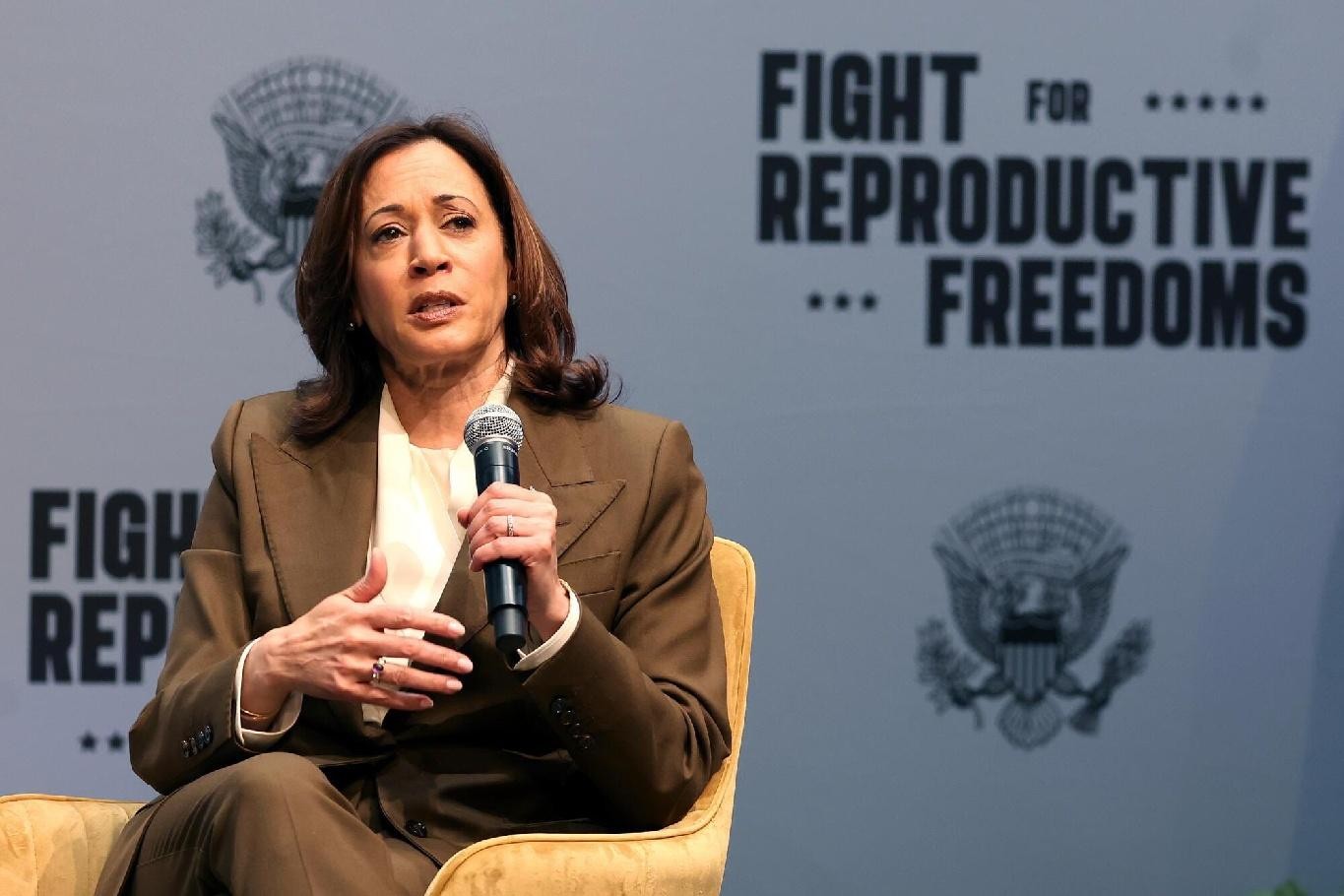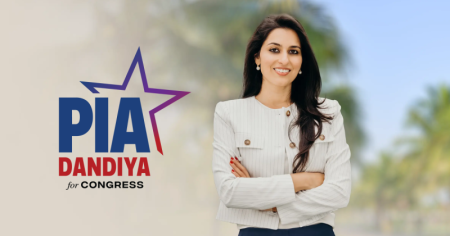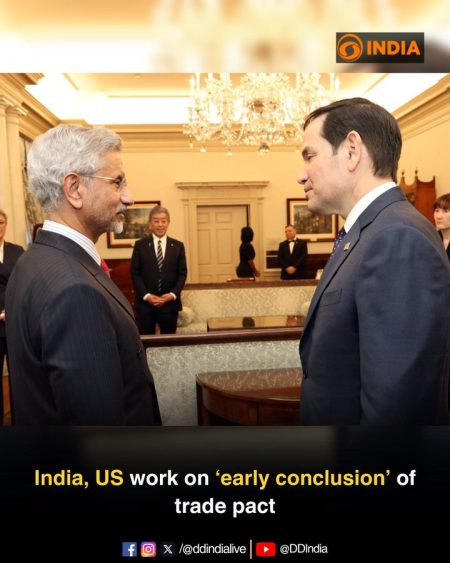
U.S. Vice President Kamala Harris’s rapid ascent to the Democratic Party’s presidential ticket has ignited enthusiasm among Indian Americans, enhancing the community’s political visibility and stirring excitement.
Harris, with her Indian and Jamaican heritage, is poised to become the first female presidential nominee of color following President Joe Biden’s withdrawal from the race. However, the excitement extends beyond her candidacy alone.
Indian Americans, regardless of their political affiliations, are thrilled to see other prominent figures of Indian descent gaining national attention, such as Usha Vance, wife of Republican vice presidential nominee J.D. Vance, and former presidential contenders Nikki Haley and Vivek Ramaswamy.
Shaker Narasimhan, chair and founder of AAPI Victory Fund, expressed immense pride in seeing Indian Americans make their mark on various platforms. He shared a vivid memory of a call with around 130 people when the news broke about Biden endorsing Harris. The moment was marked by an immediate surge of activity, with chats, direct messages, and phone calls lighting up almost simultaneously.
The reaction was one of intense excitement rather than mere surprise. It was a sense of seizing a golden opportunity to showcase their influence. Narasimhan described it as a significant moment for Indian Americans to demonstrate their strength and impact.
The excitement spans across the political spectrum. Priti Pandya-Patel, co-founder of the New Jersey Republican Party’s South Asia Coalition, noted the community’s buzz over the potential of Usha Vance becoming the first Indian American second lady. “It’s a moment of pride to see our community in the spotlight and receiving recognition,” she said.
Indian Americans are among the fastest-growing immigrant communities in the U.S., having surged more than tenfold since the early 1990s. Today, roughly 5 million people of Indian descent live in the United States, making them the largest Asian ethnic group and the second-largest immigrant group after Mexicans. Although they predominantly vote Democratic, about 20% identify as Republican.
Historically seen as less politically active than other ethnic groups, the Indian American community is showing signs of increasing political engagement. A recent survey found that 90% of Asian Americans, including those of Indian descent, intended to vote in the upcoming election, despite 42% not having been contacted by either party or candidate.
“This suggests a potential gap in engagement,” said Suhag Shukla, co-founder and executive director of the non-partisan Hindu American Foundation. Shukla views the election as a “tremendous opportunity” for Indian Americans and the major political parties. “Indian Americans must acknowledge their influence, particularly since many reside in key swing states or districts,” she stated. “It’s a real opportunity for the parties to do genuine outreach, not just a checkbox-type engagement.”
Both the Harris and Trump campaigns are working to mobilize voters through grassroots organizations. Deepa Sharma, deputy director of South Asians for Harris, emphasized their efforts to engage with the community on the ground.
Indian Americans make up less than 1% of U.S. registered voters, but nearly one-third reside in key battleground states such as Georgia, North Carolina, and Pennsylvania, positioning them to significantly influence the election’s outcome.
Chintan Patel, executive director of Indian American Impact, noted that the South Asian American population could be crucial in delivering electoral victories. “The South Asian American population far exceeds the margin of victory in the closest elections in these states,” Patel said.
In 2020, the Biden-Harris ticket garnered over 70% of the Indian American vote, and support for Harris is expected to remain strong. “She has consistently shown up and fought for our values,” Patel said.
Harris’s involvement has already proven influential, as seen when she credited Indian and Asian Americans for helping elect two Democratic senators in 2020 and 2021. Voter turnout among South Asian Americans has been climbing steadily, with over 70% turning out in Pennsylvania in 2020.
Narasimhan believes voter mobilization strategies are crucial for boosting turnout. “Teaching people the basics of early voting, absentee balloting, and navigating the system is critical,” he said.
On the Republican side, activists hope that Trump’s close relationship with India’s Prime Minister Narendra Modi will attract Indian American voters. Priti Pandya-Patel cited Trump’s friendship with Modi as a key reason many Indian Americans support him.
However, the extent of increased support for Trump among Indian Americans remains uncertain. The recent Asian American Voter Survey indicated that 29% of Indian Americans intend to vote for Trump, a figure largely unchanged from four years ago.
Suhag Shukla noted a perception among some Indian Americans that the Democratic Party is not “a Hindu-friendly party,” possibly explaining a recent shift in party affiliation. The number of Indian Americans identifying as Democrats fell from 54% in 2020 to 47% in 2024, while those identifying as Republicans rose from 16% to 21%.
Anang Mittal, a Virginia-based commentator, suggested that shifting political attitudes reflect broader trends in the country, noting a general movement toward the Republican Party due to prevailing issues in this election.












